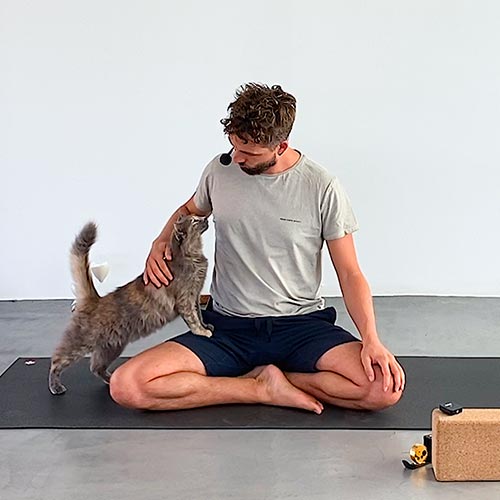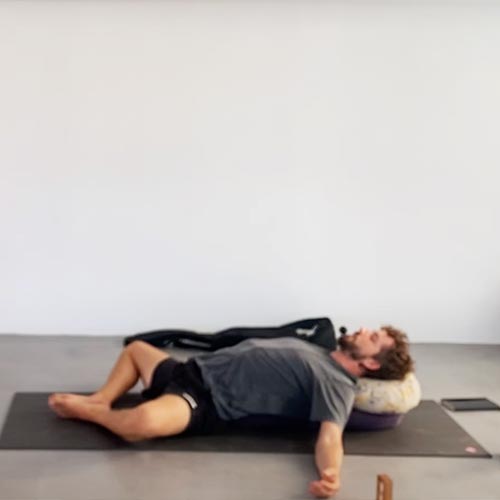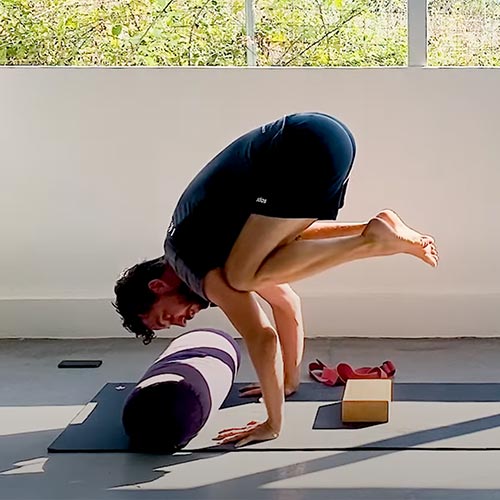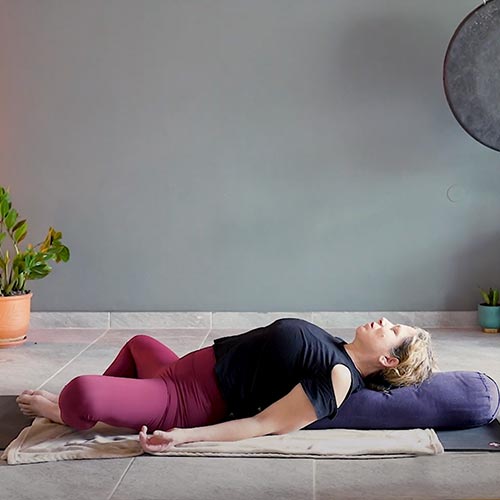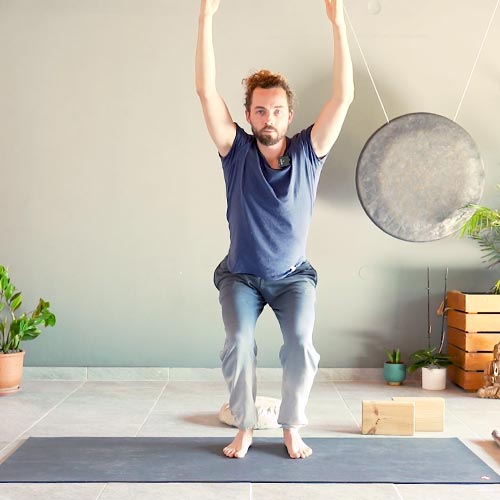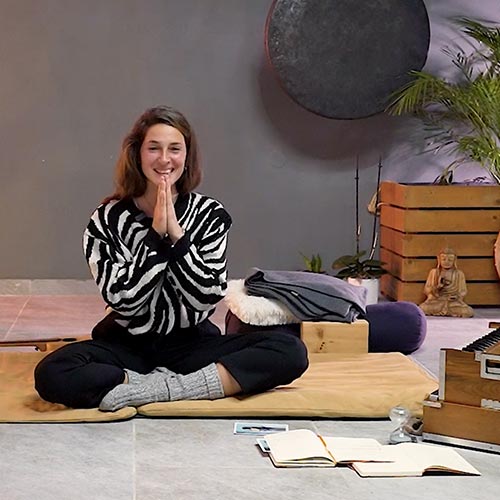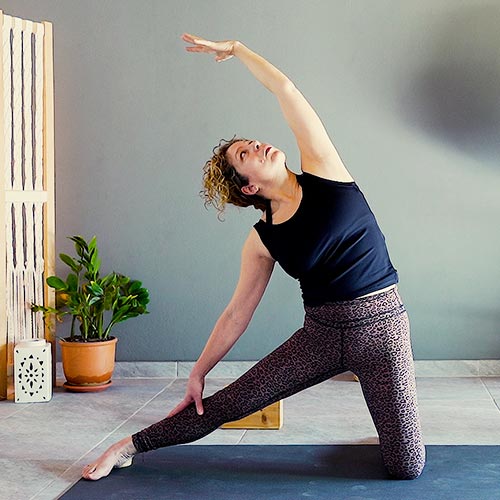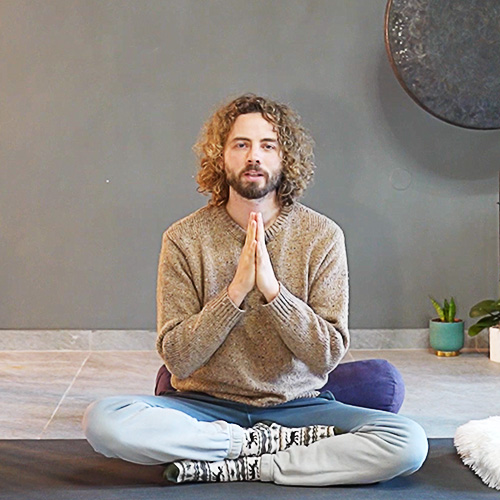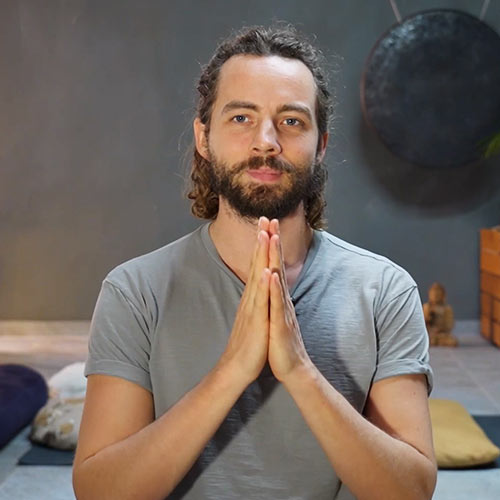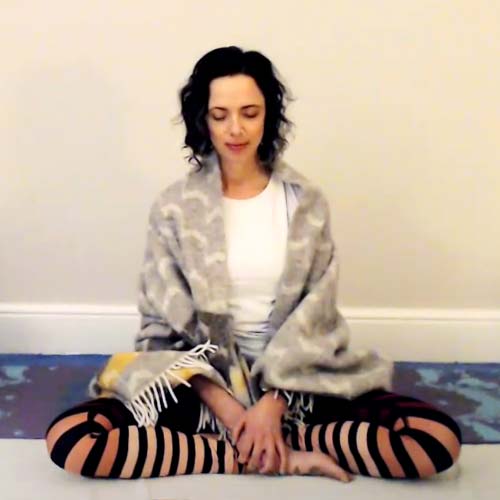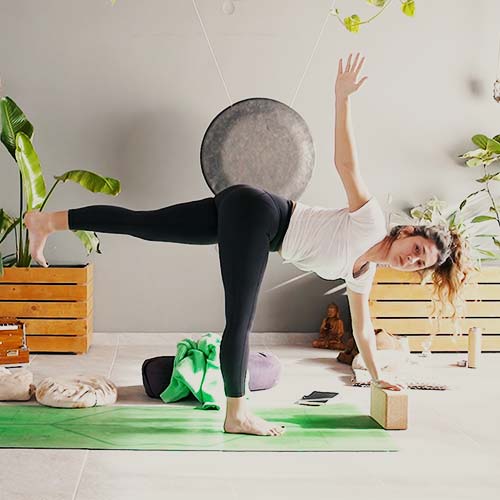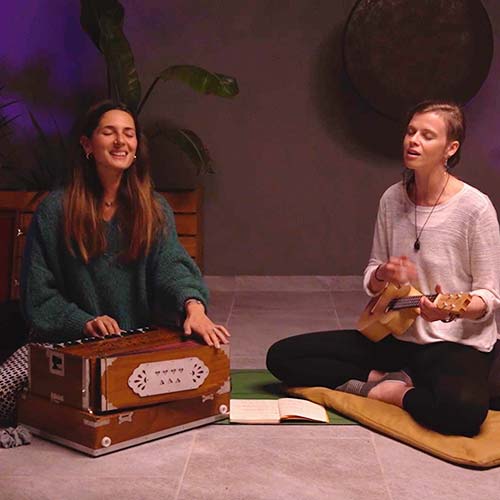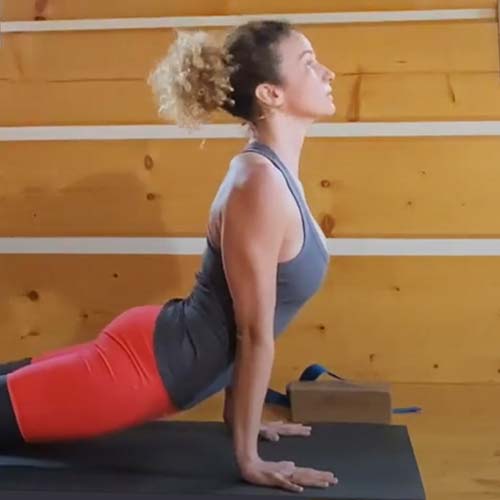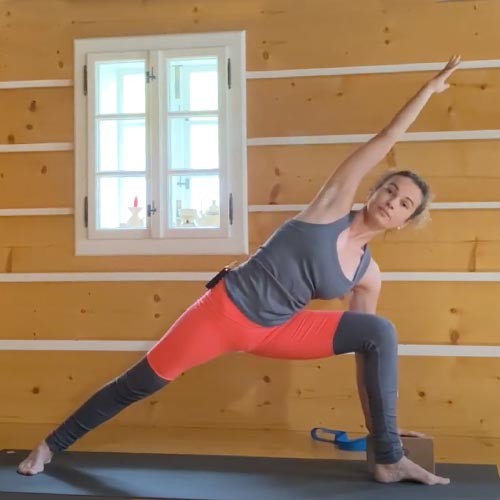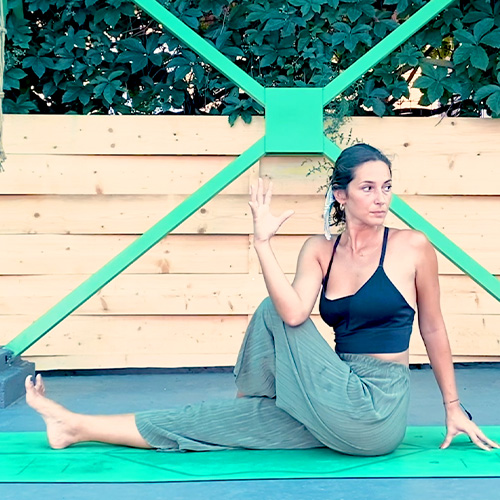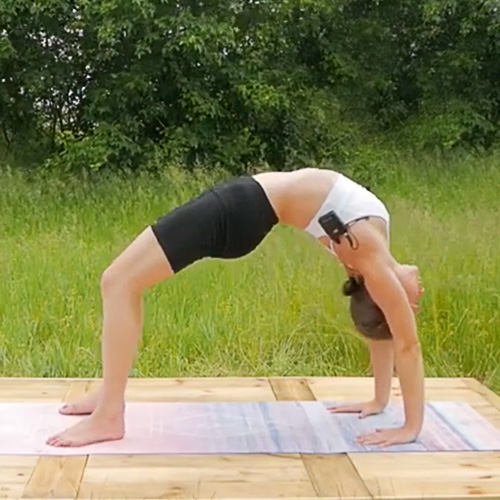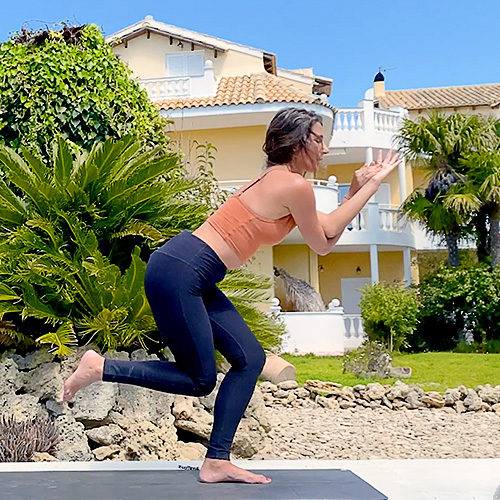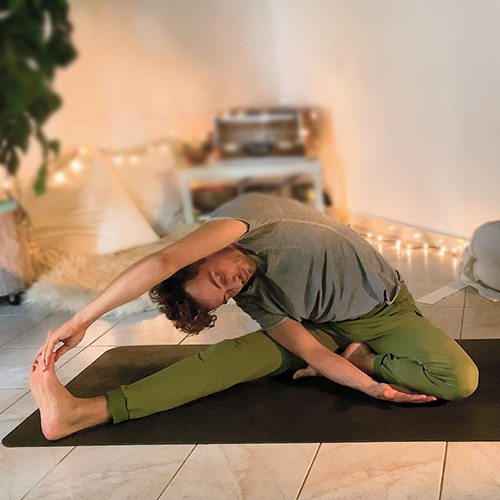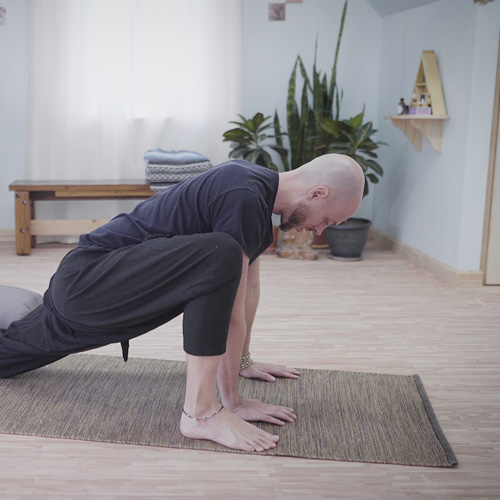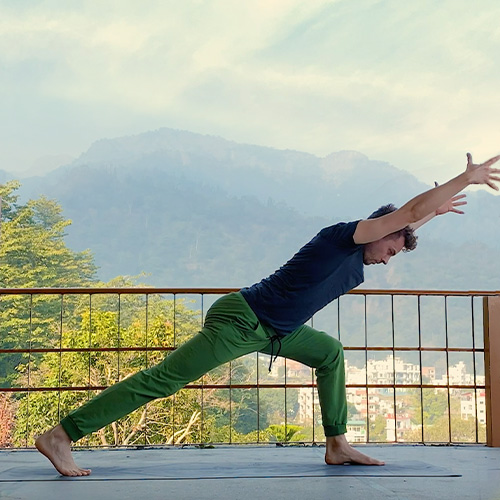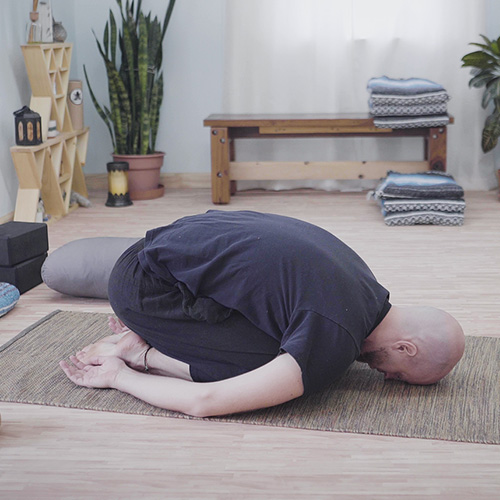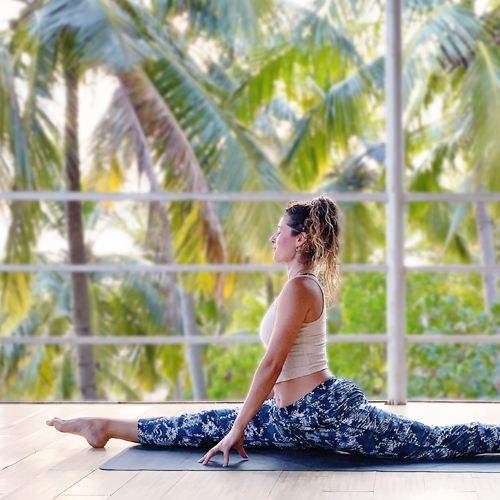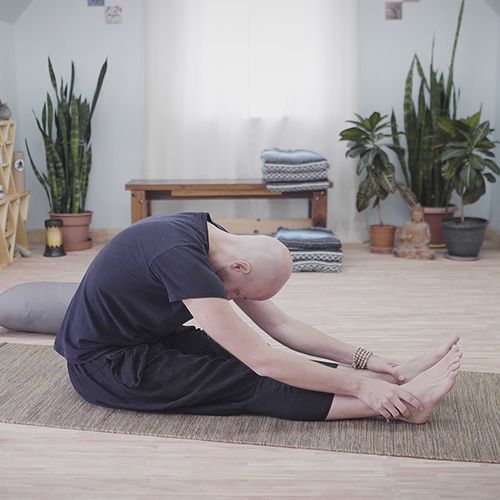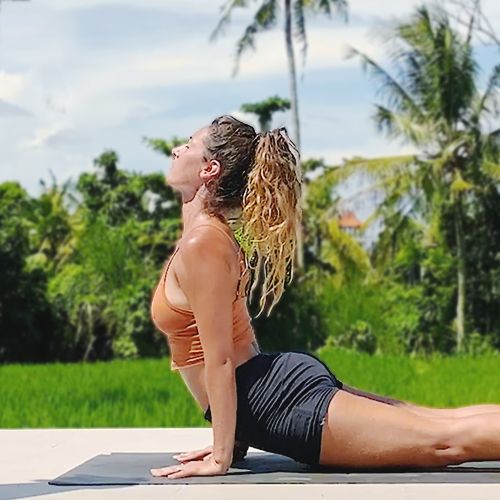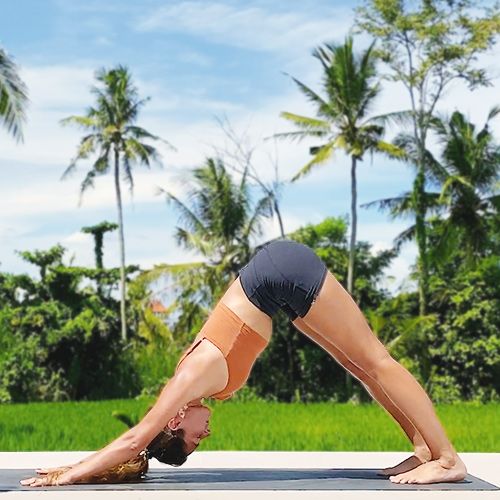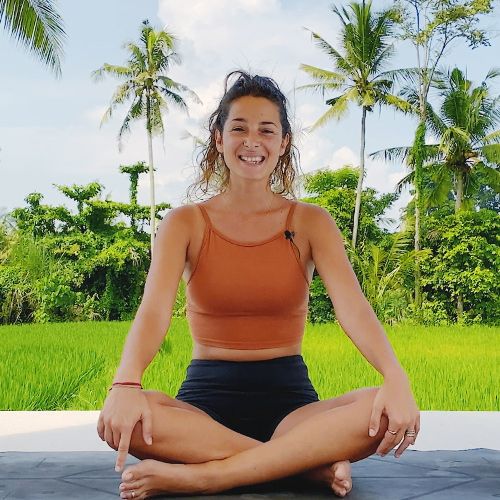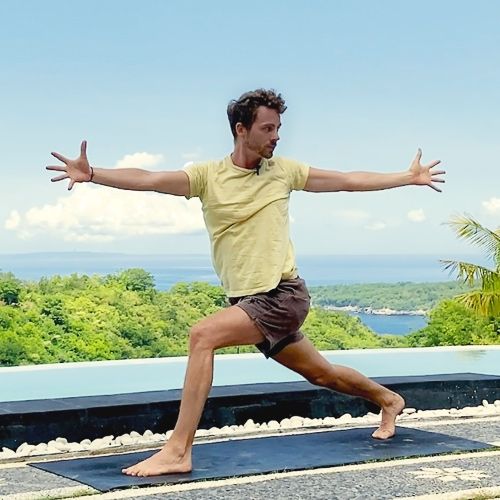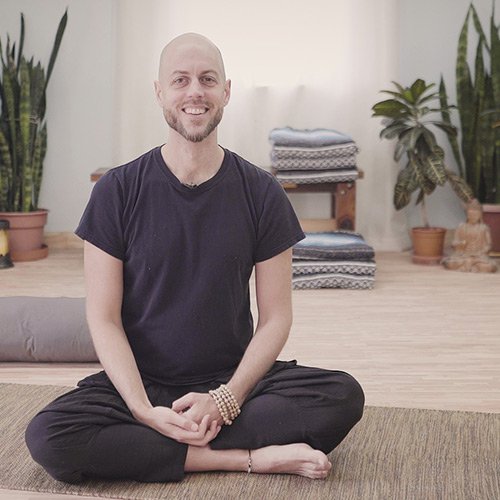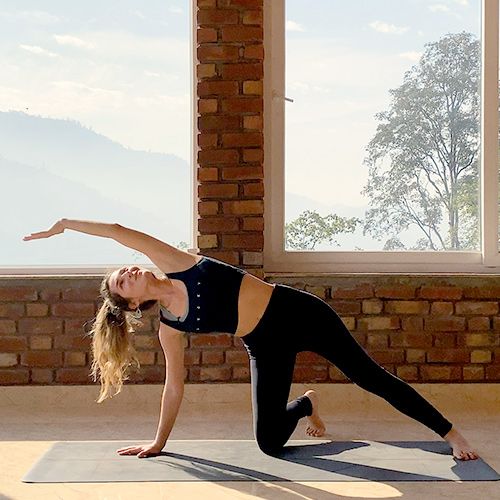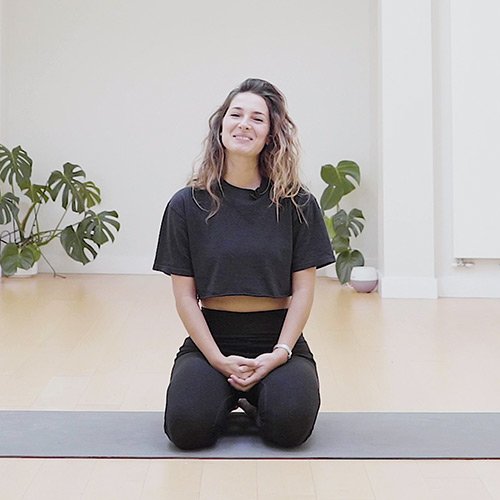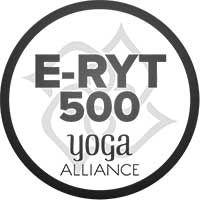Series: Roots of Yoga #01
Exploring the sources of yoga
The "Roots of Yoga" series is intended to provide an investigation into the original practices, which have sometimes become somewhat or even completely detached from the tradition due to modern interpretations and myths. This can easily be taken as criticism, which is not the intention of this series. As has always been the case in the history of yoga, the practice has adapted to the zeitgeist and social context or has been refined and evolved. This continues to be the case today and that is a good thing. Yet by definition, tradition is to learn techniques unchanged and if at all, only develop or modify them afterwards. It is rather that an exact reproduction of the teachings is seen as the highest good. Nowadays, a copy of something known is more likely to be considered plagiarism. It should be modern, creative, unique; individuality and innovation are valued.
This series is therefore intended to take up the original ideas and principles of the original scriptures* in order to create clarity about the practices and their origin and aim, so that one can more consciously understand today's evolutions and see whether they have a positive influence on one's own practice or are perhaps "New Age sales strategies". The advantage of a tradition is that those techniques, if they have been maintained through lineage, have been practised for centuries and by millions of practitioners and have been proven to be effective and viable. This is not to say that innovations and new types of yoga techniques cannot work or that tradition fits everyone and is always effective. In science we also see a beautiful trend that examines and validates many of the ancient practices from the standpoint of modern science.
The origin of Āsana
The earliest source of the word Āsana, which refers to a posture or seat, is found in a scripture that is over two thousand years old (Buddhacarita, c. 50 CE). But without much description of how it looks or is to be executed. The common translation is already the first small pitfall, as we often translate Āsana as "posture". This is not entirely wrong, but in the context of the original scriptures, Āsana usually refers to a particular posture, namely a seat or a way of sitting. The word itself has ās as its root, which can be translated as "to sit", but also as "to reside". Āsana in the post-modern context therefore had nothing to do with today's yoga poses - these were "invented" almost two thousand years later. More on this later.
In the probably best-known scripture of Classical Yoga (Pātañjalayogaśāstra, which by the way includes the Yoga Sutras of Pātañjali), one of the earliest systematic descriptions of yoga, the seat, Āsana, is described as the third of eight limbs (ashtanga) of the yoga path. However, Pātañjali (the author) does not lose many words (only 3 out of 196 verses) about it, which at least suggests that the seat was not too significant.
Excerpt from Pātañjali's Yoga Sutra on the Eight Limbs of Yoga (Sutra 2.29):
"The eight auxiliaries are moral vows, the observances, the seat, breath-control, sense withdrawal, Focused concentration, meditation and absorption."
The earliest, as well as most pre-modern, descriptions of yoga postures tell us to remain (āsanam) stable (sthira) and relaxed (sukham) (Sutra 2.46). No original source that I know of talks about becoming as flexible as possible. I know many people who do yoga to become more flexible, which is absolutely okay, but some others unfortunately don't even start because they think "I'm anyway not flexible enough". At least we know now that this was never the primary goal in yoga - quite the opposite. Maybe this can motivate one or the other to start doing yoga!
The first Yoga poses
As we can see, the concept of yoga Āsana by Pātañjali and others is as old as our religions, but Pātañjali did not invent Āsana. Especially the lotus seat (padmāsana), but also other sitting postures were widely spread in India for meditation (in Kauṇḍinya's commentary of the Pāśupatasūtra (4th century) we find 7 Āsanas with the note "and more").
It is interesting to look at a script from the 8th century (Pātañjalayogaśāstravivaraṇa). There we find more specific poses, 12 in number, which are 'only' variations of a simple yoga seat.
The 'lotus' (padmāsana), 'hero' (vīrāsana), 'good fortune' (bhadrāsana), 'lucky mark' (svastikāsana), 'stick' (daṇḍāsana), 'supported' (sopāśraya), 'couch' (paryaṅka), 'seated crane' (krauñcaniṣadanaṃ), 'seated elephant' (hastiniṣadana), 'seated camel' (uṣṭraniṣadana), 'symmetrical' (samasaṃsthāna), 'steadily serene' (sthitaprasrabdhi).
Again, the author adds, 'or whatever is comfortable' (yathāsukham). This suggests that it was not very important to the Yogis at that time how exactly the body was positioned, as long as it was supporting meditation.
In the earliest Tantric scripture (Niśvāsatattvasaṃhitā Nayasūtra, 14c-15d) in which poses are mentioned, we find eight simple sitting postures, but without precise descriptions. It is assumed that the practitioner is familiar with a steady seat.
The lucky mark (svastikāsana), lotus (padmaka), good fortune, half-moon (ardhacandra), extended (prasārita), supported (sāpāśraya), joined-hands (añjalika) and yoga belt (yogapaṭṭa).
The earliest known description of a Āsana, which is not a simple seat, is found in a text of the Vaikhānasa Vaiṣṇava tradition (Vimānārcanākalpa, 10th century). There we find Mayūrāsana (peacock pose) as one of nine Āsana (of which eight are sitting postures). In another part of the Vaiṣṇava teachings (Vasiṣṭhasaṃhitā) we also encounter the pose kukkuṭāsana (the cock).
The above scriptures and Hemacandra's Yogaśāstra are the earliest sources of complex Āsana. In the latter we find, for example, duryodhanāsana, the headstand (also called kapālīkaraṇa, skull technique). It is noteworthy, however, that Hemacandra lists Āsana for "normal practitioners" and not only for ascetics (as is usually the case), who tend to become very (!) extreme in the execution (especially the holding time of a pose). One of our favourite poses, śavāsana (from Dattātreyayogaśāstra, 13th century) was described as a secret method to dissolve the mind into the Absolute. Another scripture (Jogpradīpakā) mentions the shoulder stand (Viparītakaraṇāsana) as an inversion pose that uses the earth's gravitational pull to reverse the downward flow of life energy (prāna).
Many of the poses mentioned have been incorporated into the most famous text of haṭhayoga, the Haṭhapradīpikā (16th century), which originally described 15 Yogapostures, eight of which are not seated poses. Our modern image of Yoga poses has grown mainly from this scripture.
Fun Fact: one Yoga scripture (Mallapurāṇa, 15th century) describes poses for wrestlers fighting elephants or another (Varṇaratnākara, 14th century) describes sex poses for making love.
Modern Yoga poses
Modern poses such as trikoṇāsana, the triangle, only appear in the 20th century and have no origin in the primary sources - although it is mentioned in scriptures that 8,400,000 Āsana exist (Dattātreyayogaśāstra) or 'as many as there are living beings' (Vivekamārtaṇḍa).
Then, over the last 400 years or so, gradually more and more complex postures in standing and sitting have been outlined. For example, we find 84 poses in the 17th century 'Book of Yoga Poses' (Āsanayogagrantha), or other writings that list 108 or 112, etc., poses. (and are attributed to the Haṭhapradīpikā in later commentaries).
However, it is likely that complex poses have been practised by yogis for a long time yet without being a defining feature of yoga. We get a hint of this from a member of Alexander the Great (c. 4th century BC):
"fifteen men standing in different postures, sitting or lying down ... the other stood on one leg" or in the Mahābhārata it is mentioned:
"ascetics who invert themselves, stand on one leg or hold their arms up in the air for long periods".
The reason to perform these poses were probably different from today. The motionless poses functioned as a tool for abstinence that both burns karma and prevents new karma from arising, thus causing liberation from the wheel of rebirth.
One of the more well-known modern books is "2100 Āsanas" (by Daniel Lacera aka Mr. Yoga) in which several poses and variations are photographed on high-gloss photos of Yoga practitioners who could also be models. There are no limits to creativity and we have to think about where we want to draw the line of what is Yoga and what is not. In almost all traditional Yoga styles, for example, there is the mantra "Om" as a unifying element. Will this traditional element survive in midday-work-break "power Yoga flow" sessions in the gym next door? Or does it have to survive?
The goal of Āsana - then and now
Pātañjali (c. 4th century, Pātañjalayogaśāstra) wrote that mastering Āsana requires us to "lessen our tension and focus on the infinite" (Sutra 2.47). "By mastering sitting, one is undisturbed by dualities [e.g. mental and emotional tensions disappear]" (Sutra 2.48). These are, among other things, effects of meditation that many modern studies prove - but arguably not so much the effects found in modern Yoga classes? Or have you ever contemplated the "infinite" during a Yoga flow? That we often don't do this today has its reasons and that's okay. As mentioned at the beginning, Yoga always has to be seen in the context of the time.
Until the first haṭhayoga texts (around the 13th century), there were two predominant motives for yogis to practise Āsana. The first is to establish a stable posture for breathing exercises, mantra chanting and meditation for the purpose of self-realization. Self-realization or enlightenment is not so easy to grasp from our Western perspective, because it requires knowing the specific background of the spiritual worldview - which itself differs from tradition to tradition. In simple words, most systems strive for absolute freedom. In Tantra, this can also take place in "normal life", in other world views this is only possible after or through death.
Secondly, it is said that supernatural powers can be attained, especially through tapas (ascetic discipline), which, among other things, also dissolves karma.
Through the haṭhayoga scriptures, therapeutic benefits for the body were then pointed out, but still as preparation for the actual Yoga practice: meditating for self-realisation.
Another difference was the number of Āsanas practised. Today we go from one posture to the next, sometimes with the duration of only one breath. The original approach was rather the other way round; it was considered sufficient to practise one Āsana, but this for a very long time. Yogi Purāṇ Puri, is said to have held his arms outstretched above his head for several years. Whether we need to go to such extremes is an iffy question.
It is only in the last 150 years that Yoga poses have become so popular, not least due to globalisation, which has made it easier for Indian yogis like Swami Vivekananda (as probably the first known Yogi in the US), Yogananda, Pathabi Jois, Osho, etc to travel to other countries and present Yoga there. Especially Indra Devi (learnt under Sri Krishnamacharya) as the first Yogini in the West, played an influential role in popularising Yoga as a physical workout in the USA as well as breaking social conventions of the time, which can be seen as a revolutionary act for the image of women. Almost everyone knows B.K.S. Iyengar, whose focus on physical anatomy, using Yoga as a therapeutic tool, helped establish Āsana as a fundamental part of yoga.
Even in some early Haṭhayoga sources, Āsana is also cited as a cure for diseases. This is much closer to our view of Yoga poses today. These days, we practise Āsana to prevent illness, keep ourselves fit, become flexible, heal emotionally, get mindful and much more, to name a few. One glance at Instagram, however, is enough to see how far the understanding of Yoga has morphed into a shallow idea of body poses. The once inward-focused meditation practice is mutating into the opposite of its original idea, reducing itself to a showpiece somewhere between sex sells and a trend sport. Nonetheless, we live in a world where the body is mostly lacking in movement or looked at superficially, and for both, a conscious Yoga Āsana practice helps a lot. While in 2020, the most started hobby was "online yoga", shows how popular Yoga has become in the world. This trend can be seen as positive for two reasons, everyone is met where they currently are without having to throw themselves into mantra chants to Indian deities in their first Yoga class. Secondly, it makes it easy to get involved if it is only about exercise at first, and the depths of the Yoga teachings can gradually unfold from there and replace the original motif.
My Opinion
If one is a dedicated spiritual seeker, life can sometimes become quite serious. To also add some lightness and joy to that inquiry, a playful Āsana flow can remind a practitioner to embrace ease as part of the path.
Personally, I think we need the variety of Āsanas, they are healing and fun, and at the same time they are still a good preparation for meditation, which should become part of Yoga practice in all cases. Then as now.
Cedric is head teacher of INEA•YOGA a Yoga School in Corfu, Greece. Check us out to find trainings, retreats and online videos.
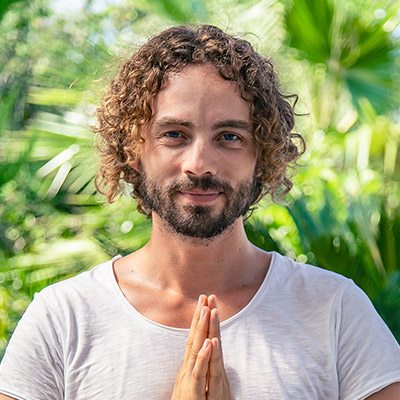
Cedric Stein
Head Teacher INEA • YOGA
My mission is to create a safe space for you to connect to your inner being. By following your breath, being in the present moment and noticing yourself.
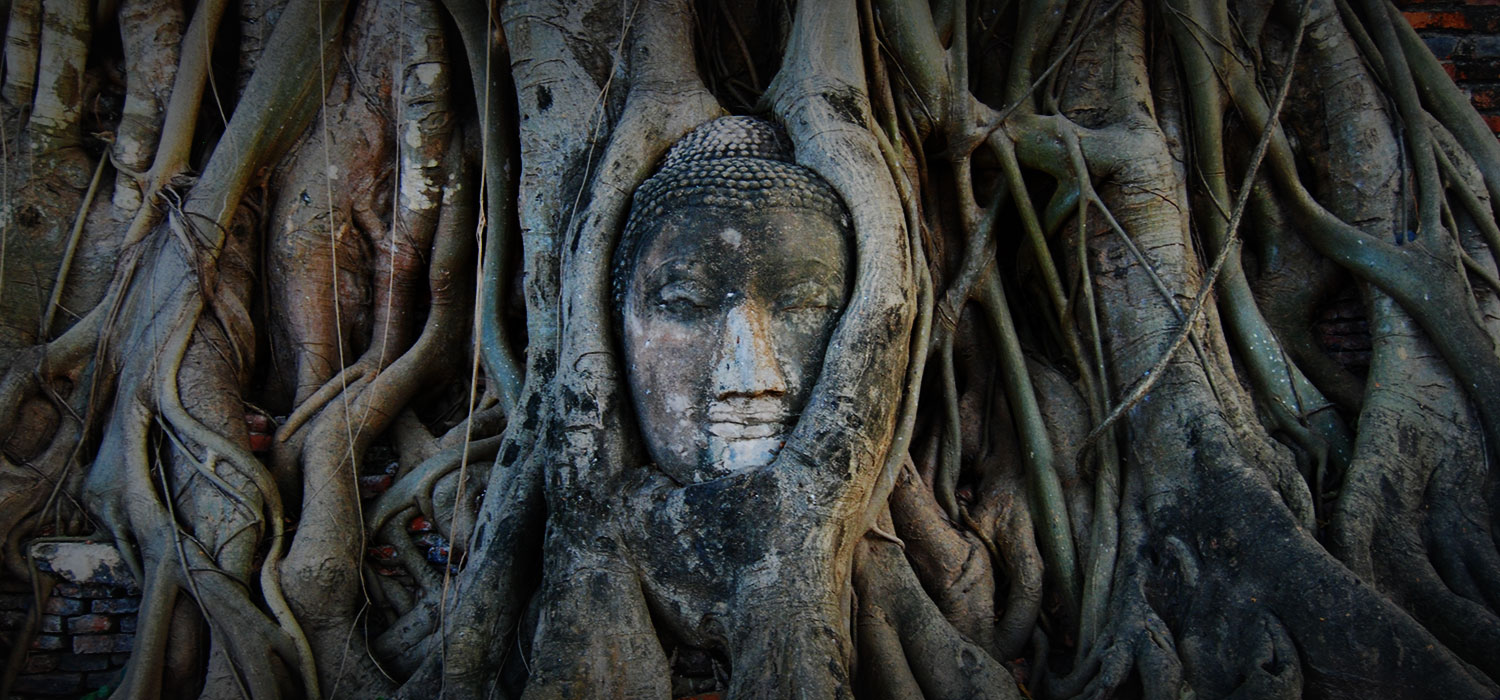
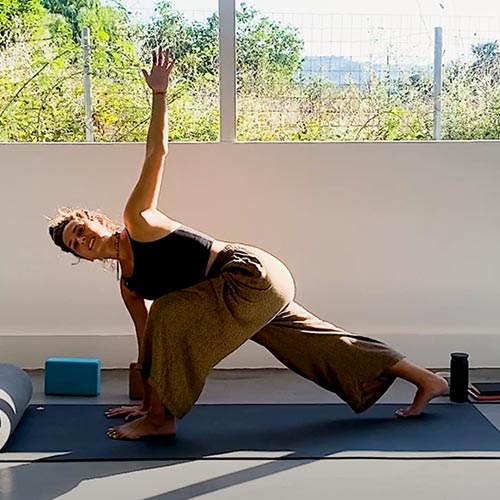
 90 min
90 min
